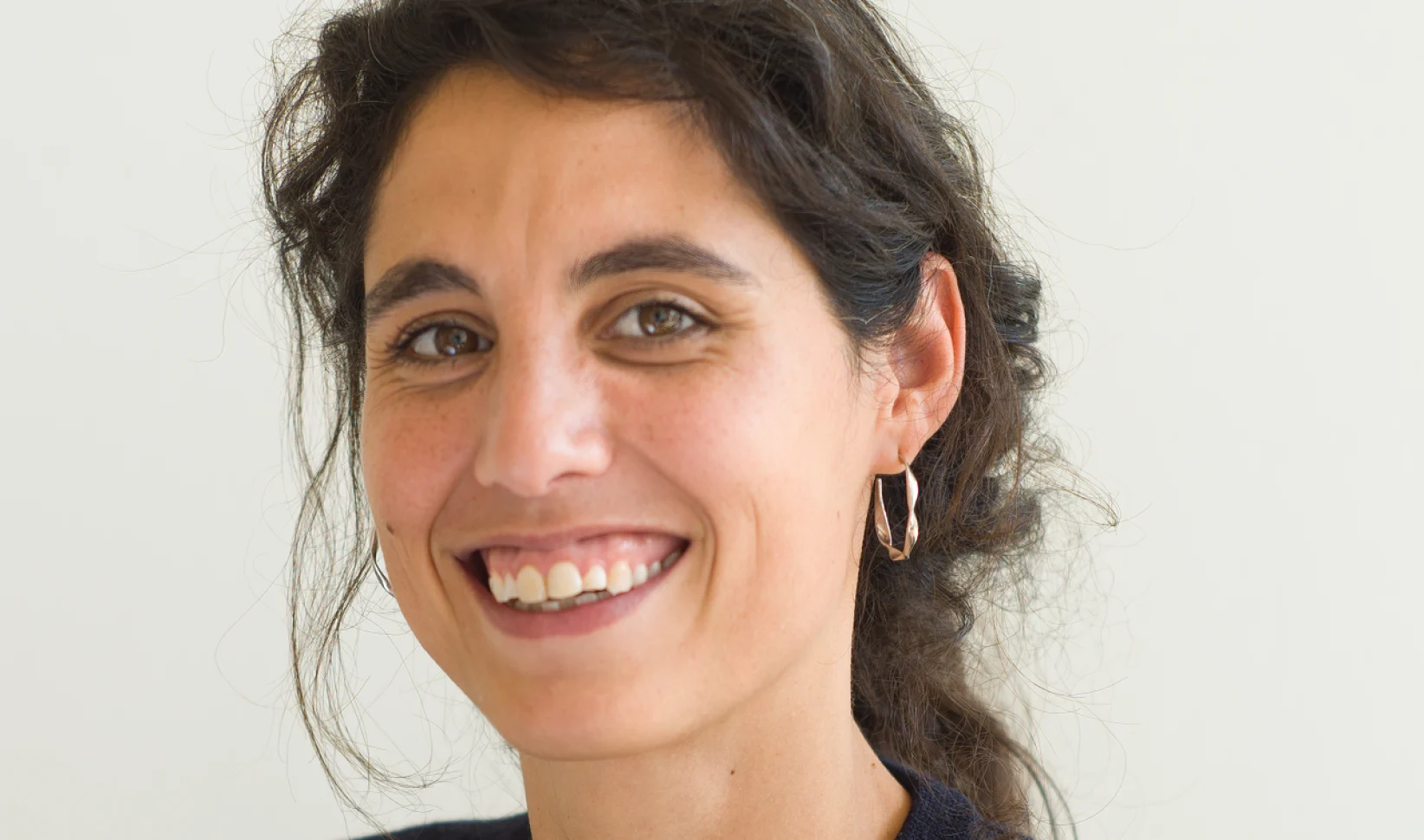Cycle and Transition
Due to her practical experience, doctors can learn more about how the cycle of women works. Building on the knowledge gained from her own life experience as a woman and years as a doctor, she takes the cycle and transition into account more often in her diagnosis and treatments.
A woman had vague symptoms such as fatigue and pain in her joints, and her surroundings thought of the transition, suggesting hormone therapy as a treatment. However, she was eventually diagnosed with a disorder in her immune system. Doctors should pay attention to the transition but also be careful not to attribute all symptoms to it.
Gather Practical Experience
During medical studies and training, there were no specific lectures about the differences between men’s and women’s bodies. Occasionally, it was mentioned that an illness appears more in women or men, but there was little attention to how diseases express themselves differently in each sex. In medicine, doctors only really learn when they gain practical experience.
Newly collected knowledge through research takes a long time to be implemented in medical studies and training. The results must be translated into guidelines before they can be incorporated into lectures. However, the part that is observed in practice as a general practitioner in training is the most valuable.
Advice for Patients
Women should dare to be clear when visiting their doctor. The doctor is the medical expert, but the patient is the expert for themselves. The more information shared about complaints, concerns, and expectations, the better the doctor can help. It’s a collaboration, and patients should not hesitate to speak up. Additionally, patients should not rely on information found on the internet without consulting their doctor.
Trust is one of the most important things in the doctor-patient relationship. Patients should feel comfortable asking questions and seeking a second opinion if necessary. Being a woman plays an important role in receiving adequate care, and doctors are working to improve their understanding of women’s health.

